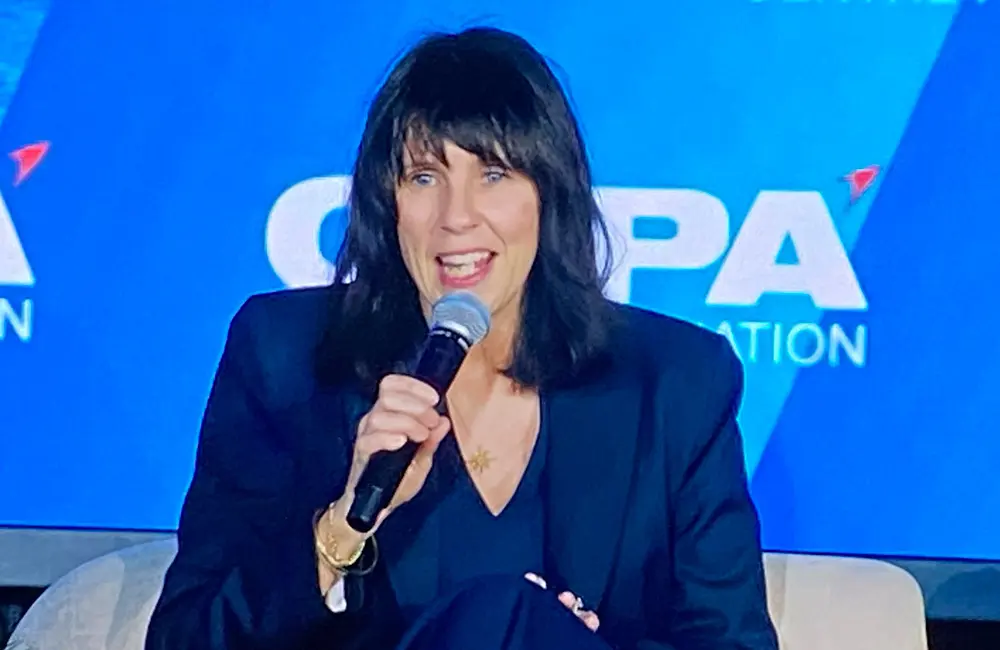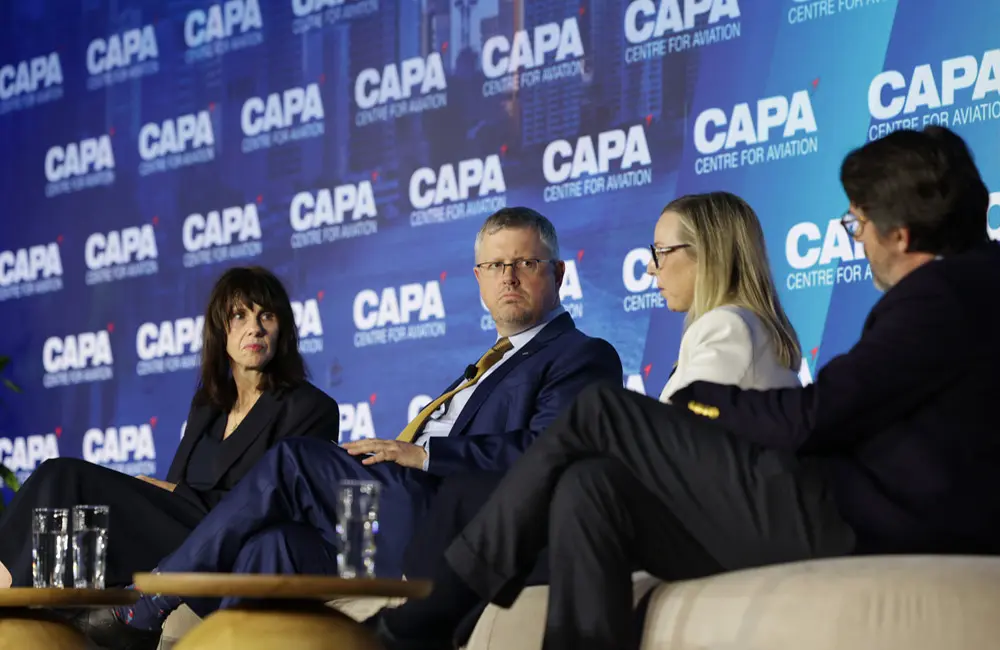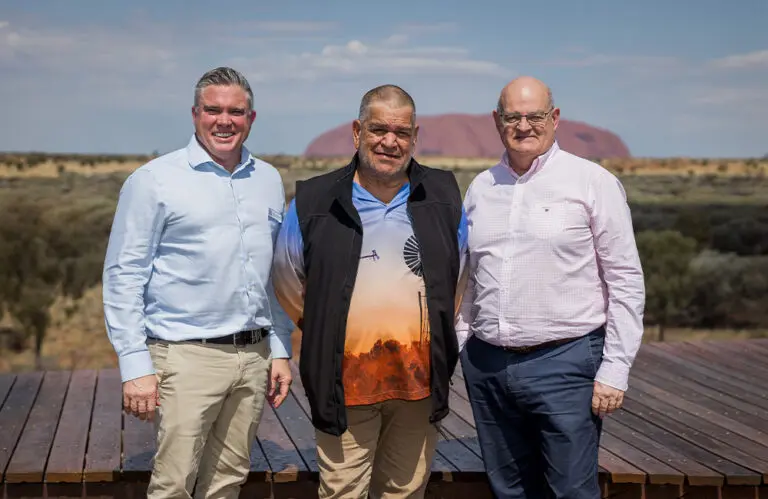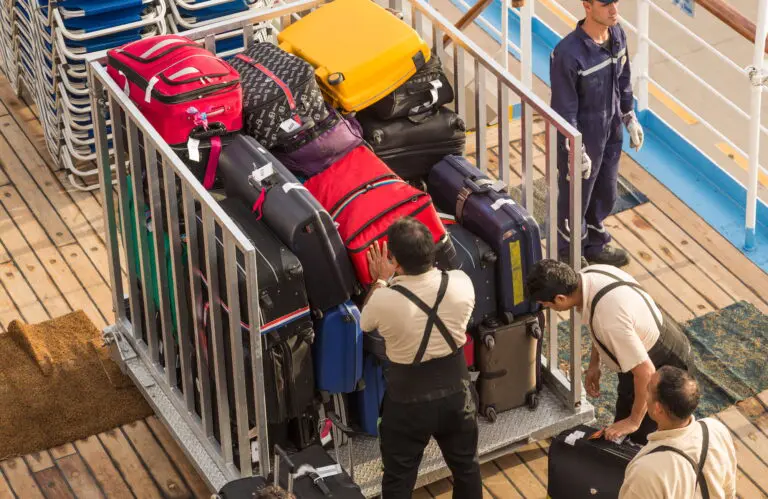There’s greenwashing and greenhushing, and now ‘greenwishing’ has entered the environmental, social and governance (ESG) lexicon where the pressure to set overambitious green targets can lead to wishful thinking instead of real results. Let’s break it down.
If you consider a spectrum with greenwashing (wilfully misleading or misappropriating sustainability claims for financial gain) at one end, greenwishing aka unintentional greenwashing is at the other end.
Greenwishing is when companies unintentionally overpromise or underdeliver on communicated net zero targets due to financial, organisational, technological or even cognitive barriers.

In an environment of complex emissions reduction regulations and increasing investment in sustainable solutions, the rush to report can set up the failure to deliver.
The air travel sector is under increasing pressure from governments, consumers and other stakeholders to accelerate its transition to a low-carbon future but airlines and airports require buy-in and regulatory support from governments to make progress.
Why greenwishing is bad for the bottom line

Whether greenwishing is intentional, accidental or totally out of your control, not meeting net-zero obligations can impact more than just the bottom line – it can affect your reputation.
The University of Queensland (UQ) Business School Industry Professor Belinda Wade said greenwishing can undermine confidence in your company’s sustainability efforts.
Consider Air New Zealand’s recent walk-back of its 2030 science-based carbon-intensity reduction target to cut emissions by 29 per cent due to circumstances beyond the carrier’s control.

The airline cited complex factors such as the production pipeline of new fuel-efficient aircraft, the affordability and availability of sustainable aviation fuel (SAF) and global and domestic regulatory and policy support.
Speaking at the recent CAPA Airline Leader Summit Asia Pacific 2024 in Brisbane, Air New Zealand Chief Sustainability & Corporate Affairs Officer Kiri Hannifin said: “We were very sad to announce in July that we needed to move away from our science-based climate target.”
“And the reasons are pretty obvious – there’s only a few ways we can decarbonise and we don’t control most of them.

“When it became evident that our fleet renewal program was going to be slowed down, the only lever we had left to pull to meet the target was lots and lots SAF and we just couldn’t do the maths – we didn’t have reasonable confidence to meet the target.
“And then you get into the greenwashing legal risk territory that as airlines need to be trusted and believed, we just couldn’t have it out there that wasn’t able to be met.
“So it’s very tough for a company that believes deeply in all aspects of sustainability. But you know, not all is lost. We still have a 10 per cent SAF target and we’re working very hard but we need a lot of heavy lifting in our sector, and we really do need the support of all governments, but particularly our own to move forward.”
How Air New Zealand is moving forward

Hannifin said Air New Zealand is partnering with other airlines, such as United Airlines and Singapore Airlines, to invest, develop and assist in SAF production. The carrier took its first SAF delivery in March 2023.
In the same month, Air New Zealand announced its investment in an all-electric ALIA aircraft as part of a fleet-renewal program to add newer more fuel-efficient options.

“We’re seeing what we can do around the world to support the scale-up of next-generation aircraft, given New Zealand is well-placed to fly those types of planes with our small geography and renewable energy system,” Hannifin said.
“To get to 2050 isn’t long when the technology is so nascent and so expensive. I think it’s a race to the top to get this right, so there is no slowing down.”

When it comes to food waste reduction in the aviation sector, Air New Zealand has set waste targets for the business and included them in the short-term performance measures to ensure everyone is accountable.
“We’ve got a big job ahead but we’re very committed to doing everything we can to remove that very tangible pain point for customers,” Hannifin said.

Hannifin said the aviation sector in New Zealand needs a mandate in the jurisdiction. “We need both the carrot and the stick,” she said, noting the different US and EU government policy approaches to meet net-zero emissions targets and avoid the issue of greenwishing.
“We would also support harmonisation across the Tasman. It makes sense to us that we would have a similar approach in New Zealand and Australia in terms of the discussions of what a mandate would look like. We don’t see a way for the market to solve this without government intervention.”
Tips to avoid greenwishing from UQ Business School:
- Use science-based targets along with interim short-, medium- and long-term goals and be clear about the reporting methodology.
- Assess the impacts on the entire business to reach the target and set a true decarbonisation base year (2015 or prior to the Paris Agreement).
- Use climate transition planning to achieve net zero in line with the set targets to avoid greenwishing as new regulations outpace compliance.
- Communicate your climate transition plan publicly and transparently to internal and external stakeholders and get buy-in at all levels of your company.
- Track the ’emissions budget’ and report monthly, quarterly and annually on progress, balancing any deficits from month to month.
Find out more here.





